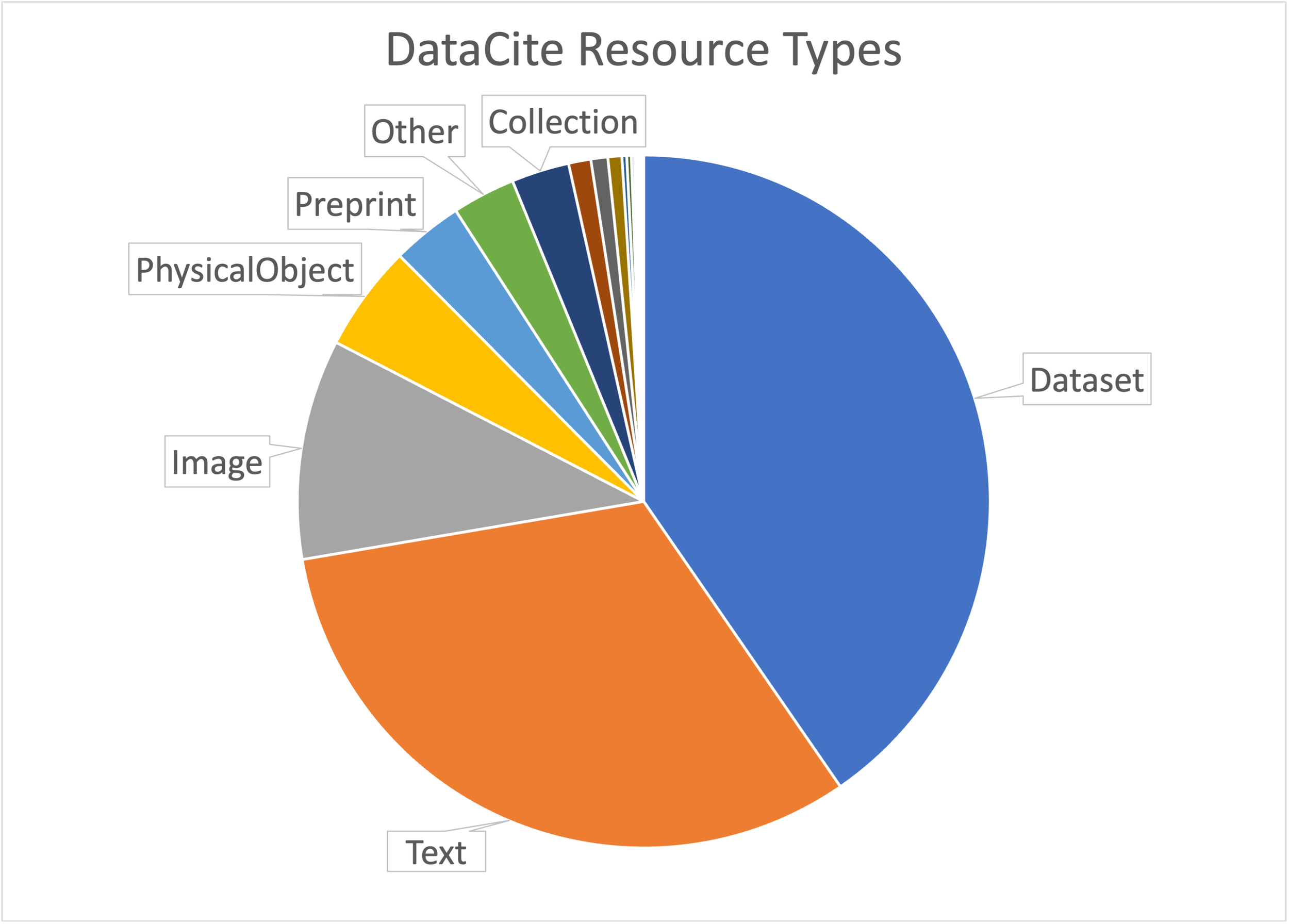
Cite this blog as Habermann, T. (2022). How Many When (All Time). Front Matter.

Cite this blog as Habermann, T. (2022). How Many When (All Time). Front Matter.

Cite this blog as Habermann, T. (2022). How Many When? Front Matter.

Cite this blog as Habermann, T. (2022). DataCite Facets: Understanding DataCite Usage. Front Matter.

Cite this blog as Habermann, T. (2022). Metadata Life Cycle: Mountain or Superhighway? Front Matter.

Research activities depend on monetary and other support from a wide variety of state and federal agencies, universities, foundations, and individuals.

::::: {#block-4ce0cb5334f301eba820 .sqs-block .html-block .sqs-block-html block-type=“2” border-radii=“{"topLeft":{"unit":"px","value":0.0},"topRight":{"unit":"px","value":0.0},"bottomLeft":{"unit":"px","value":0.0},"bottomRight":{"unit":"px","value":0.0}}”} Connecting research is a critical element of the DataCite vision and two kinds of connections are supported by DataCite metadata.

One of the exciting new capabilities in Version 4.4 of the DataCite Metadata Schema is the capability to create unique identifiers (DOIs) for Output Management Plans, i.e., resourceTypeGeneral = OutputManagementPlan. This new resource type recognizes that research outputs can include many kinds of resources beyond just data: journal articles, software, computational notebooks, presentations, etc.

Metadata Game Changers, the Center for Expanded Data Annotation and Retrieval (CEDAR) at Stanford University, and Dryad are thrilled to announce their joint National Science Foundation two-year EAGER award focused on increasing the quality of disciplinary metadata and bridging the gap between generalist and disciplinary data repositories.

I have been working on finding RORs from affiliation strings again and have been struck by the number of people that provide acronyms as affiliation strings. We all know the rule for using acronyms in scientific writing is “write out the first occurrence completely” so the reader knows what the acronym stands for and most of us try to follow this rule.

The fundamental hypothesis being explored in this series of blogs is that identifiers of any kind, even if they occur just once, can be useful in domain repository metadata because individuals and organizations make multiple contributions to the repository and the corpus of scientific literature based on it. The goal of the work is to increase the number of identifiers in DataCite metadata associated with datasets created or archived at UNAVCO.
In previous blogs we used DataCite metadata for UNAVCO to demonstrate how identifiers could be found and spread through the metadata collection to improve connectivity for people and organizations. The community built around UNAVCO over time was a critical part of this process as community members, both individuals and organizations, make many contributions over time.